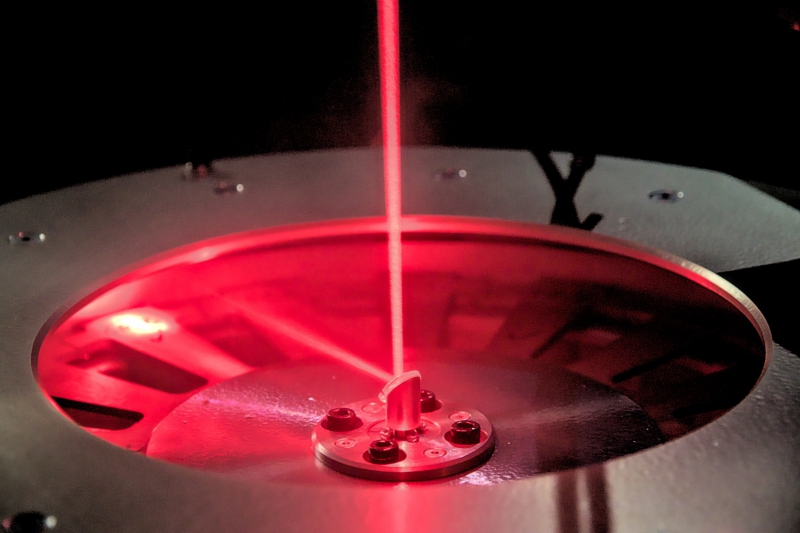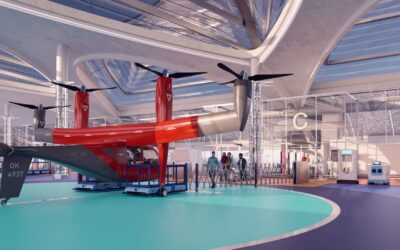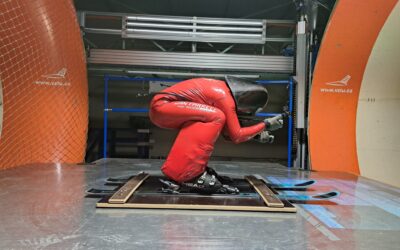Aircraft engines are undoubtedly among the most reliable mechanical devices ever designed. However, even after the many decades of research, there are still phenomena that are not well predictable, one of them is the dynamic responses of turbine engines.
Compressor and turbine bladed disks are one of the most important parts of aircraft engines. Its design solution is currently undergoing a significant change due to new production processes such as 3D printing. The original folded construction (disc, blades) is replaced by an integral construction that allows designers to achieve higher speed resulting into higher engine performance. However, due to computer technology and optimization processes, the dynamic overload margin is minimalized. The result of optimized processes is a structure with the maximum possible material load, which lacks previously used structural damping elements absorbing dynamic load.
This leads to a necessity to examine even very insignificant phenomena such as slight wear of the blades or manufacturing inaccuracies. These phenomena can significantly affect the dynamic response of blades and decrease the lifetime of the system. These phenomena are most common in axial stages of the compressor, but they can also appear both in the centrifugal compressor impeller and in turbines. Disruption of the symmetry of the bladed disk system leads to its mistuning, splitting of modal shapes and to the localization of deformation energy and amplification of the resonant response.
Experts at VZLÚ designed two experimental devices to study the dynamic response. In the first case, an inverse approach of stator and rotor has been used. The bladed disk is fixedly mounted to a frame of a stand and a set of nozzles rotates around to simulate the dynamic interaction between the stator guide vanes and the rotor blades. This approach allows to monitor dynamic responses of the bladed disk, but it has its limitations. Not all phenomena of a rotary systems can be simulated. The system does not simulate the effects with centrifugal force and gyroscopic effects, but for the initial determination of resonant states proved to be very sufficient while reaching fractions of the costs associated with similar testing on the engine.
In the second case, the spinner with the possibility of simulating the excitation with a predetermined harmonic excitation has been constructed. The design of this stand can be used to study the mistuning effects of a 2D impeller system, including gyroscopic effects. The aim is to examine the effects of bladed disk mistuning on the dynamic response in the form of traveling waves of modal shapes.
The result of the research will be in new tools for complex design of compressor and turbine wheels optimized for aircraft applications and further tools for intelligent diagnostics of aircraft engines.




